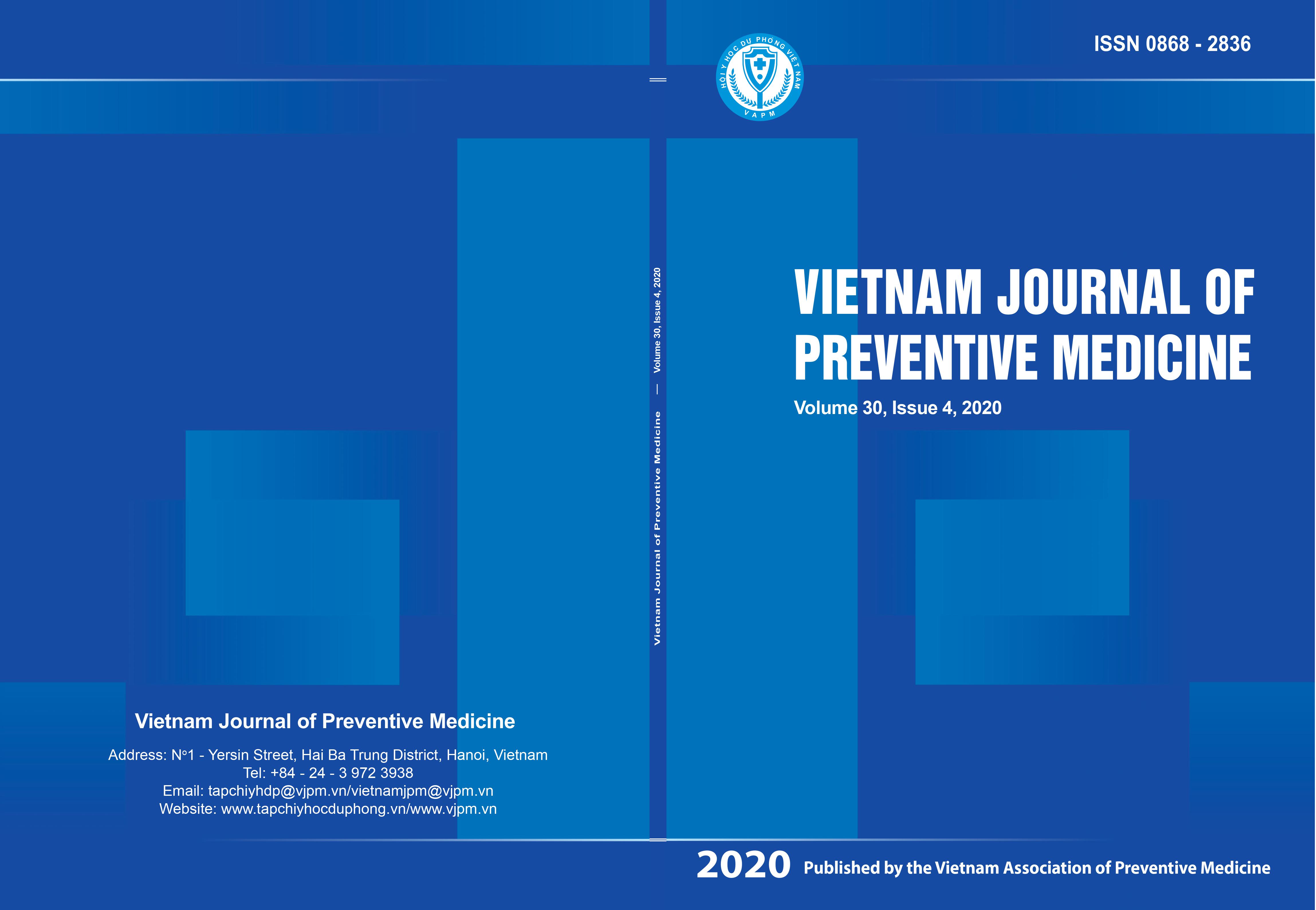Temporal and spatial characteristics of the dengue hemorrhagic fever outbreak in Hanoi in 2017
DOI:
https://doi.org/10.51403/0868-2836/2020/250Keywords:
Dengue Hemorrhagic Fever, Dengue Fever, outbreak, heat map, hotspots, cluster analysisAbstract
Dengue hemorrhagic fever/dengue fever is a mosquito-borne viral disease that has re-emerged in recent years. In 2017, the largest recorded outbreak of dengue appeared in Hanoi, Vietnam, with over 37,000 cases and seven deaths. This study aimed to describe the temporal and spatial characteristics of the dengue hemorrhagic fever outbreak in Hanoi in 2017. We used heat maps, hotspot and cold spot, and cluster analysis to describe and analyze the development of the outbreak of dengue hemorrhagic fever in all 30 districts of the city of Hanoi. The results show that in 2017, Hanoi experienced the most serious dengue outbreak since 1992 with 37,665 cases recorded including seven deaths (CFR: 0.02%), or 492 cases per 100,000 persons, which makes dengue a serious public health threat in Hanoi. The outbreak not only produced a very large number of cases, but also expanded by space, with 25 districts having an incidence greater than 100 cases per 100,000 persons. The highest incidences were still concentrated in the urban and suburban areas. Dengue hemorrhagic fever is currently a serious public health issue in Hanoi, which needs attention especially for prevention.
Downloads
Downloads
Published
How to Cite
Issue
Section
License
Publication License No 150/GP-BTTTT signed on May 8, 2014;
Electronic Publication License No 322/GP-BTTTT signed on June 15, 2016.


